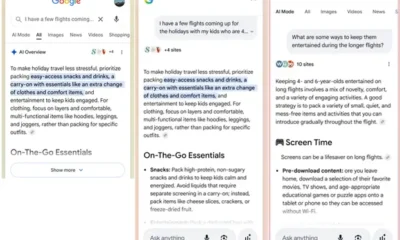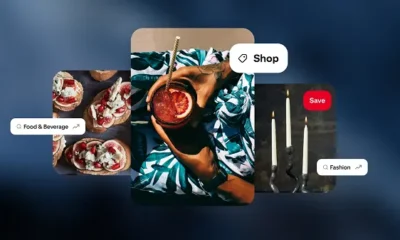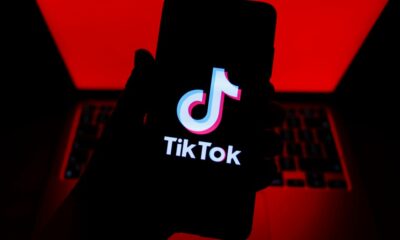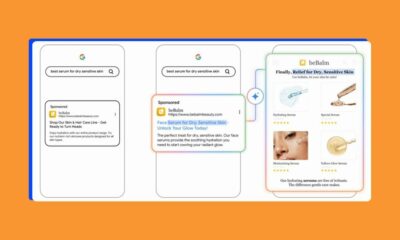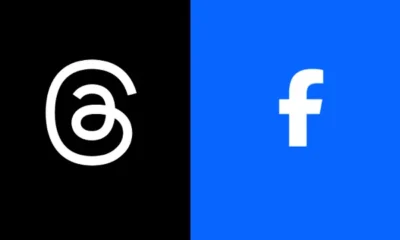MARKETING
5 Tools to Find Your Audience on Paid Social Platforms
Preparing to launch a new social media marketing campaign can be a daunting task. The first big hurdle you have to tackle is figuring out what platform or channel is going to best achieve the results you need. The second is determining how to reach the right audiences on those platforms. This article will overview five tools that can be used to identify profitable audience segments on some of the leading social media platforms.
Google Analytics
Perhaps counter-intuitively, the best place to start with social audience research is not a social platform at all. Google Analytics is a great source for evaluating your current website traffic and, in particular, the highest-value interactions that you’d like to see more of. Before you begin drafting a campaign proposal, take some time getting to know your customers through reports like:
- Geographic Location
- Demographics
- Device Use
- Content Engagement
- Top Conversion Paths
- Time Lag
- Interests
These reports should give you a pool of information from which you can begin to draw insights. You can overlay behavior and audience composition data to develop segments and personas that will be highest value to your company. That is the seed for your social targeting strategy.
Facebook Page Insights
Facebook allows for a similar assessment of your Page Followers using the Audience Insights tool within your Business Manager. You can view how People Connected to Your Page compare with the benchmark of Facebook users overall. Facebook’s Audience Insight Tool shows relative data for:
- Demographics
- Job Title
- Interests (Page Likes)
- Locations
- Languages
- Device Use
- Engagement
You can also compare custom audiences (e.g. connected to your page and live in a selected region, or with a selected education level or relationship status) to define more specific segments.
LinkedIn Demographics
Another powerful tool at the disposal of advertisers utilizing LinkedIn is the Demographics breakdown, available on the account, campaign group, campaign, or ad level.

To utilize for audience research, advertisers can select retargeting campaigns using website visitor or list upload audiences. From there, LinkedIn will show actual volume and engagement rates broken down by:
- Job (function, title, seniority)
- Company (name, size, industry)
- Location (metro, county, country/region)
The LinkedIn segment breakdowns are also available in the left sidebar during campaign creation. While this view only shows the percentage makeup rather than volume and engagement, it is valuable for determining whether any exclusions or additional targeting layers are needed to reach a desired subset of your website or list audiences.
Quora Topics
Targeting research on Quora can seem intimidating. You’re given estimated weekly impressions during ad group creation, but how can you know whether those are truly reaching the right audiences? Before you start with building a new campaign, navigate to the organic side of Quora (the feed) and do some native research.
Start by searching the topics you think are most likely to fit with what you intend to promote. Reading through the questions that are being asked and answered should give you a feel for the type of information users are seeking. It can also tip you off to irrelevant questions or topics that you want to avoid. Researching natively on Quora rather than relying solely on the Ad Manager will also help you choose the right targeting option. For example:
- Topics targeting works well when you want to reach users reading broadly about a subject or where your product/service is a direct fit for the problem that topic addresses
- Interest targeting works well when you want to reach users who have previously engaged with a subject but are not necessarily on that topic page now
- Keyword targeting works for instances where your product/service answers questions that align peripherally with multiple topics but are not cleanly matched to any one particular subject
- Question targeting or retargeting are a great fit if you find specific threads that perfectly match your audience’s intent and have a high volume of followers and weekly impressions
Hashtagify for Twitter
Twitter Ads are a surprisingly underutilized option for paid social marketers. If you’re new to Twitter Ads, get the scoop on targeting options first. Criteria like keywords, followers, and events can be tricky to sort out manually. Hashtagify.me is one of my favorite free tools to conduct research on Twitter audiences: search any hashtag and it will show related terms, top accounts, trends over time, and more.

This will help you generate ideas and find segments that connect with your product or service. Best of all, you can plug those criteria in during Twitter ad group creation to get a range of estimated reach that will fuel your forecasting model.
In Conclusion
Finding and targeting the right audience is key to successful social media marketing. The next step is forecasting spend potential for your paid social campaigns and drafting a compelling pitch to drive buy-in from the decision-makers for your organization. These essential research steps will be explored in-depth alongside other strategic and tactical execution tools at the Paid Social Workshop during Hero Conf Austin in April. Register now for yourself or your team to save on conference + workshop passes.

